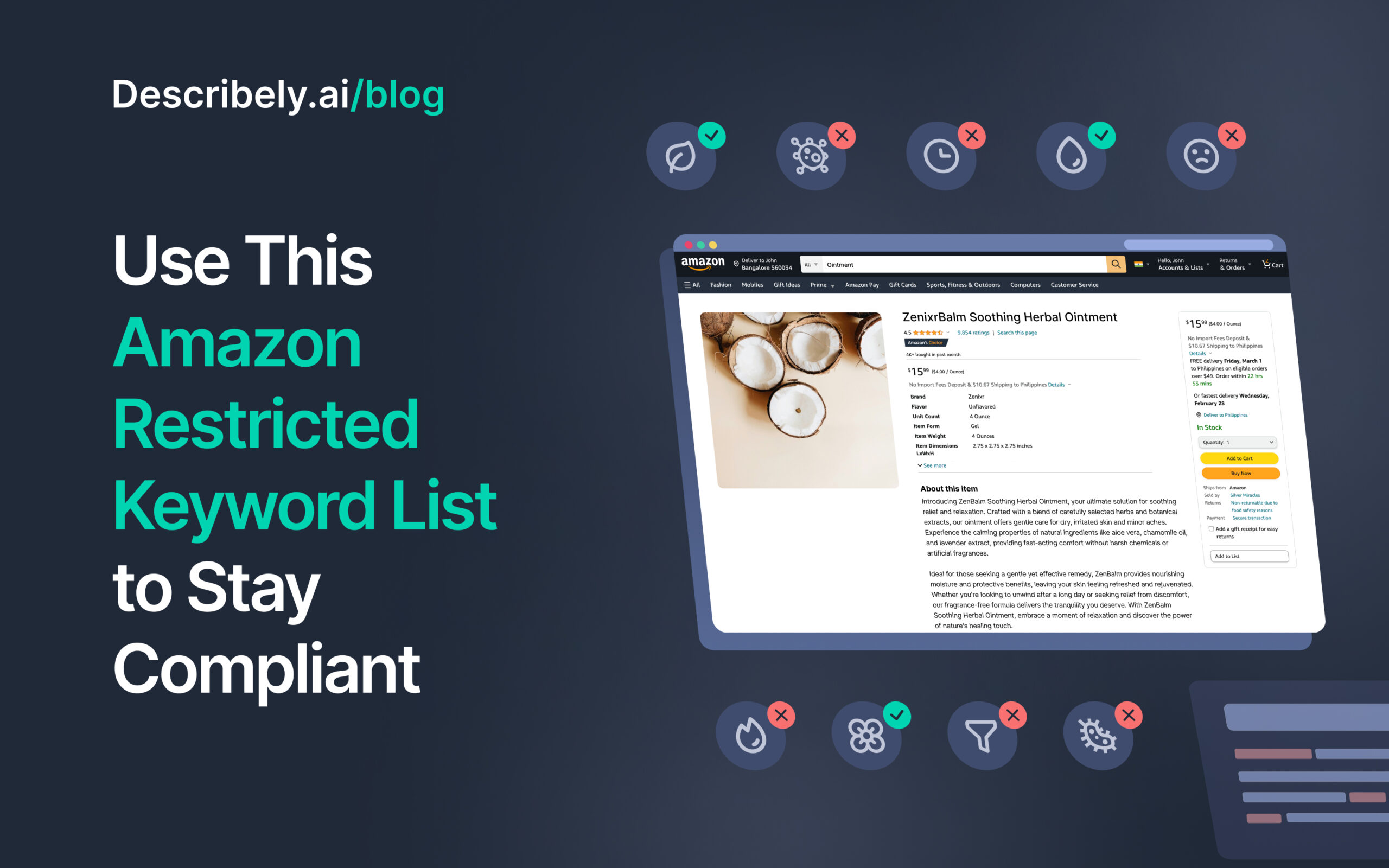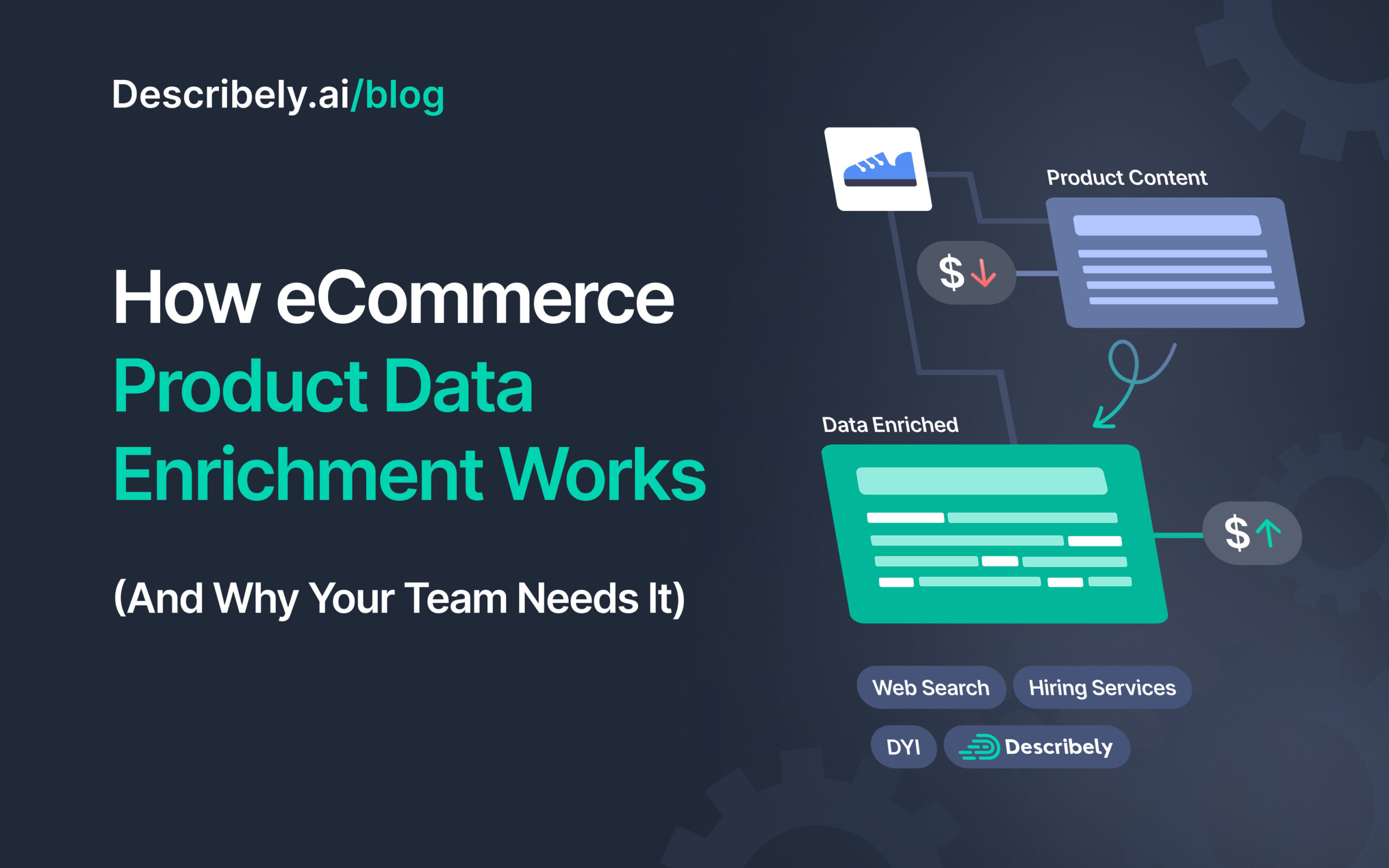
How eCommerce Product Data Enrichment Works (And Why Your Team Needs It)
As an eCommerce content manager (or writer), you might be well aware there are tools in the market that can help you write product descriptions.
However, all these tools require one thing to begin writing descriptions: product data.
There’s just one problem in the mix: Suppliers and manufacturers often provide sparse product data, leading to inaccurate or underwhelming product descriptions. This can ultimately hurt efficiency if you or your team manages thousands of products and have to create product details on your own.
And at this exact juncture, product data enrichment steps in to solve this pain point.
Keeping that in mind, let’s discuss all the need-to-know details about product data enrichment —- including what exactly it is, how it can help you, how it is different from product descriptions, methods of enriching product details, and best practices to keep in mind.
[Side Note: If you’re more of a practical/visual learner than a theoretical one, you might benefit from our video explanation of this topic (this resource also uncovers how to use Describely’s data enrichment feature).
What’s the cost of inaccurate product descriptions?
We previously mentioned that sparse product details can create inaccurate and underwhelming product descriptions —- so let’s dive into the data to see what’s the actual cost of inaccurate product descriptions.
- Not getting repeat customers: 40% of customers returned products in a single year due to inaccurate product details.
- Seeing increased cart abandonments: Of the customers who abandoned carts, 30% did so due to poor product descriptions.
- Increase in returns: 27% of shoppers said they returned products if they did not match the product description (other factors like issues with delivery were still tolerable and had lower return rates than this).
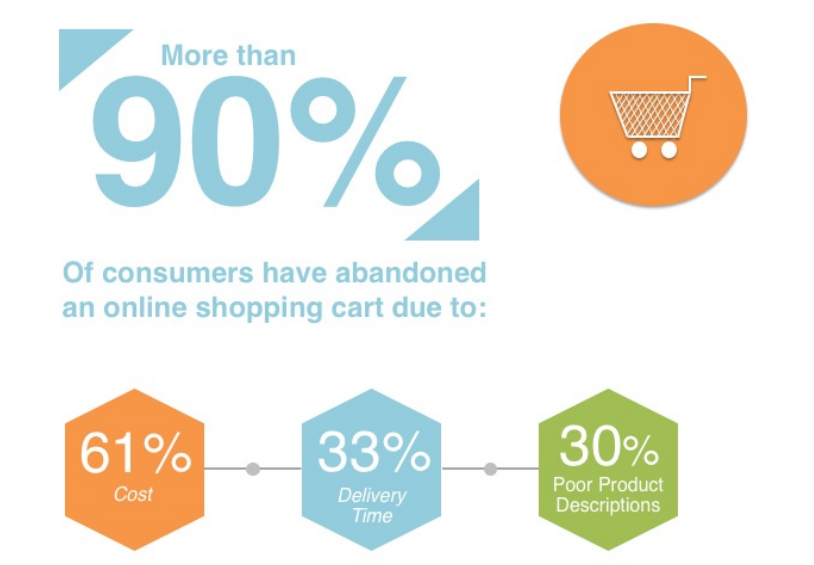
- Losing out on brand trust and credibility: 87% of customers revealed they’d be unlikely to make a repeat purchase from a brand that shared inaccurate or poor product descriptions.
As you can see, there’s little room for error when it comes to eCommerce product content. This is exactly why writing descriptions based on accurate product content is so important.
What is product data enrichment, and why do you need it?
eCommerce product data enrichment (aka the task of gathering product attributes) is one step ahead of producing product descriptions and refers to doing a gap analysis to find all the missing details about your product to make it stand out.
In the eCommerce forefront, here’s what it looks like: Any time you create product descriptions, you need a few product details to base the description on, or else it’s going to be inaccurate. Think of it as providing a writer with a brief to help them complete the task in a better manner.
If you use an eCommerce product description tool, the tool will have a product data field, too, and it’ll look something like this:
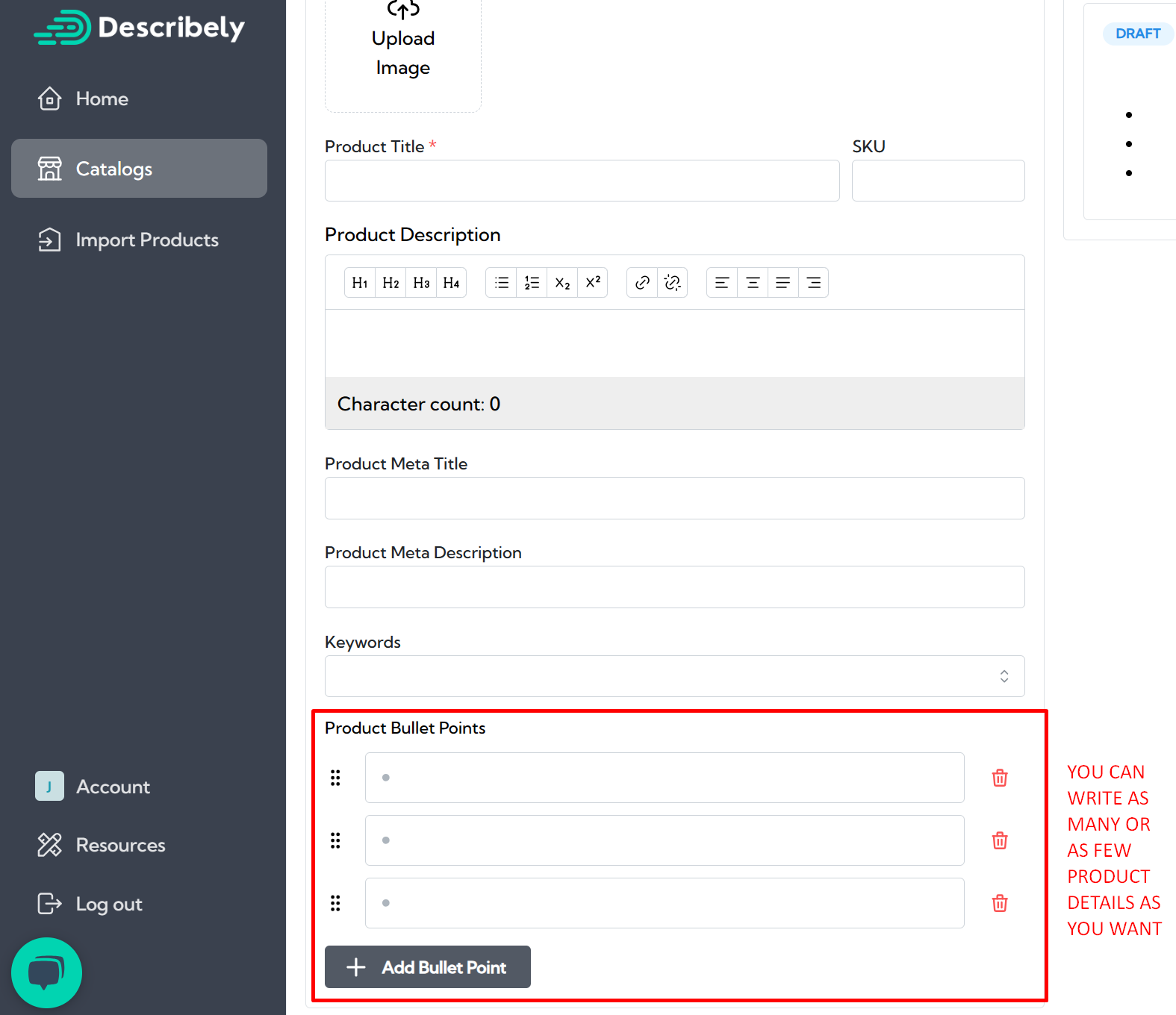
For these data fields, you have to procure product data and/or enrich existing product details.
Tools like Describely (aside from allowing you to create product descriptions) enrich product data with the help of their AI (artificial intelligence). [Just as an FYI, both these tasks can be done in bulk —- no need to wait around for each individual product data/description.]
At the end of the day, here’s what your product details might end up looking like if you leverage Describely:

Aside from the fact product data enrichment can help you fill gaps in your product descriptions, it can also assist you with:
- Improving conversion rates: Product enrichment allows you to focus on the necessary attributes of your product and shipment. For example, some details of enriched content can be information about delivery times, exchanges/returns, free shipment, sizing, warranty, etc., all of which are necessary elements to convert customers.
- Visibility through SEO: Enriched product content also allows you to embody a customer-centric approach. Due to this, the algorithm increases your search ranking, and you also target the right keywords, hashtags, and product tags. For example, a user searching for “products with free shipping” can easily find you.
- Increasing upselling/cross-selling opportunities: With the help of the right product tags and hashtags, your eCommerce store’s AI/ML can easily provide product recommendations, which can thus increase upselling and cross-selling opportunities. Just as an example, consider the “Similar Products” or “Recommended” sections multiple companies have.
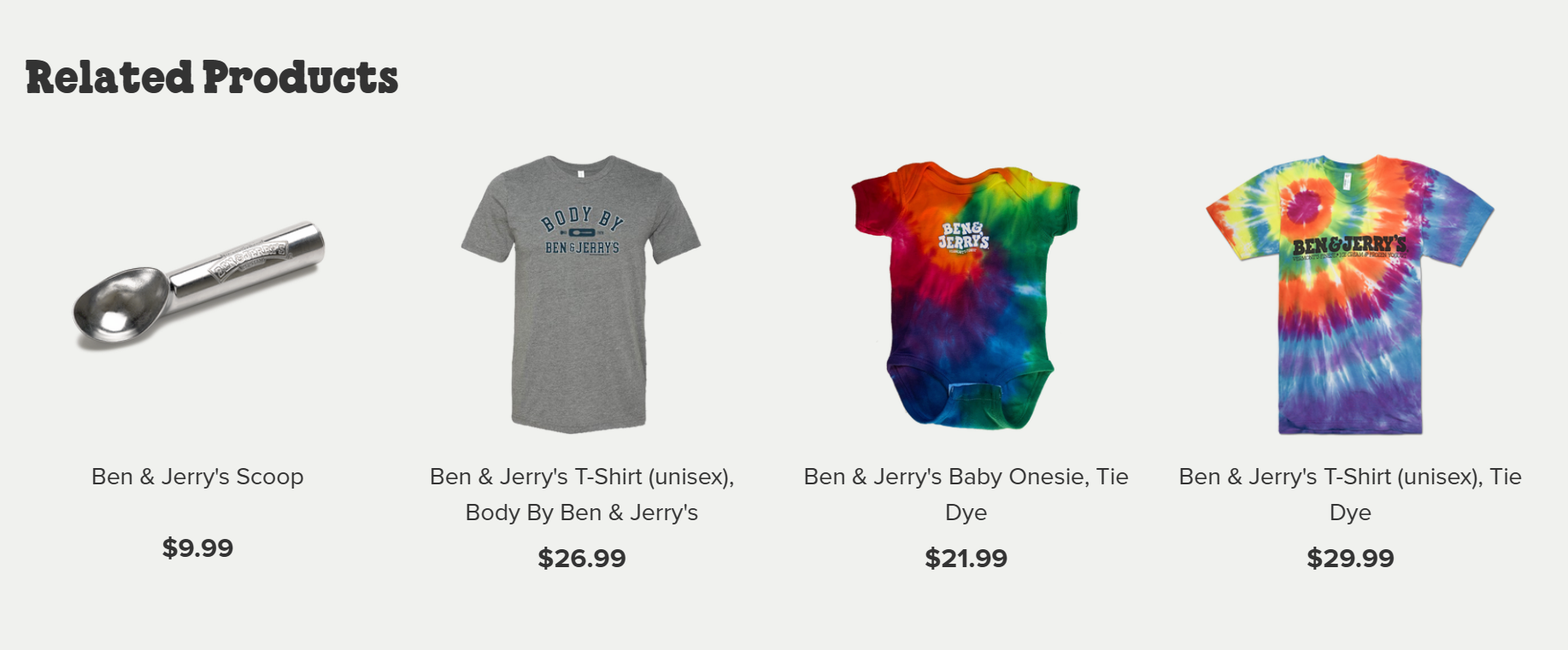
- Distinguishing your product from the herd: Last but not least, with the help of the right attributes and elements, you end up focusing on the details that make your product different from its competitors, hence allowing it to stand apart from the herd.
It’s also worth noting AI generations are only as good as the data you give them. With product enrichment, you’re feeding the AI all the product attributes it needs to create a compelling and accurate description, which ultimately leads to higher-quality product content.
Methods for enriching eCommerce product data
1. Web search
In the context of web search, we mean going online, checking out what your competitors have been doing, and copy-pasting their product attributes into AI generators so they can churn out product information.
While web search in itself is free, this process of enriching eCommerce product data can lead to virtually no USP (unique selling point) or value proposition of your product (e.g., you could offer a product warranty, but that might go unnoticed since you never mention it in your product data).
Additionally, your search ranking might also tank if the algorithm notices your content looks awfully similar to your competitor’s, just in different words.
2. Hiring eCommerce product data enrichment services
Another method for enriching product details is to hire an expert (i.e., a freelancer or an agency) who provides eCommerce product data enrichment services. The benefit of this would be:
- It takes the task off you or your team’s plate.
- It might result in research-driven and customer-centric product data.
On the alternate end, there would also be a few cons, such as:
- It’ll take plenty of time and effort to find a person/team you’d like to stick to.
- You might have to spend time and resources on other things (e.g., collaborating with the experts, checking their work, managing responsibilities, etc.)
- It’ll be a costly service. (The price you get will differ based on where you’re hiring your talent from, their expertise, and your project customization and complexity levels, but ideally, eCommerce product enrichment companies typically charge between $35-$75 hourly.)
Assuming you pay $150 for two hours of consultation about the service —- at that same price, you can end up buying 16+ months of Describely’s Core subscription (which has a product enrichment feature and other key benefits).
3. DIY-ing it
“DIY-ing it” refers to having someone on your team create product data for your catalog.
However, assuming you have a thousand products in your catalog, and your team member can generate data for each product in 10 minutes (after scraping manufacturer sites and looking at your own product details), that’s 10,000 minutes spent on their end simply creating product data (not even actual product descriptions).
Even if you pay this team member a minimum wage of $15/hour, this process of DIY will cost you $2500. This again assumes that the work they’ve produced is error-free, does not require input from you or other team members, and it doesn’t take away focus from other tasks on their list, because costs for those can add up quickly too.
4. Using an automated product enrichment tool
Last but not least, you can opt for automated product data enrichment —- aka, subscribing to an automated tool that can easily look into manufacturer sites, search the web for similar results, and produce product data for you.
For example, consider Describely as a service. All you need to do is input your product SKUs, and it’ll do the rest for you.
And you can also add more elements to make your product data stand out, but we’ll uncover that in the “Best Practices’ section.
Moreover, Describely’s AI can:
- Run bulk jobs for you; and
- Customize search fields (i.e., you can choose to search product data based on SKU number, product title, keywords, product type, etc.).
Once you have your product data with you, you can also review it and approve/disapprove it accordingly.
Best practices to keep in mind when enriching product data
Suppose you end up using an automated tool for product data enrichment. Well, here are a few best practices to keep in mind:
- Link to the domain of the sites you want it to prioritize to get product information from (e.g., an option could be your manufacturer or your supplier’s website — however, please ensure the website is in the public domain).
- Keep track of your data with the help of SKU, GST, ISBIN, or model numbers.
- Always review your product data and set parameters to refine your results.
- When you have product data on hand, consider using multiple attributes of it in your tags (e.g., a single product can be tagged under “gifts,” “Christmas gifts,” and “Birthday gifts”).
- Use the enriched product data within your AI generations for more accurate product descriptions (e.g., once Describely churns out product data, you can ask it to create product descriptions from the data, too).
Enrich your product content with Describely in bulk
When it comes to finding gaps in your product data and enriching it, there’s perhaps no other method that’s as cost and time efficient as using an automated tool, such as Describely.
However, the key benefit of Describely is that it not only provides this service but also allows you to:
- Enrich product data and create product descriptions in bulk.

- Prioritize which data sources to get information from and which elements to target (i.e., keywords, product type, SKUs, or product title).
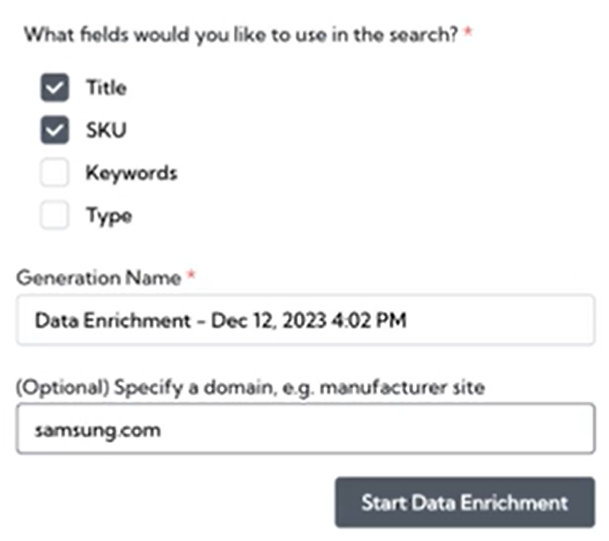
- Refine search results, rerun bulk jobs, and test and review product data to approve or disapprove it.

To access the benefits of this enrichment tool, all you need to do is sign up for Describely, click on your products, and ask it to enrich product data.
To learn more about how the process works from start to finish, take a look at Describely’s product enrichment feature in action.
And if all that sounds like something that might interest you, you can get started today!


